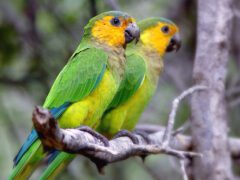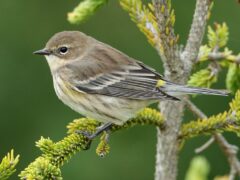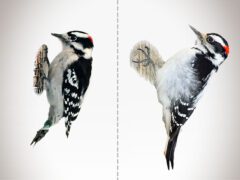The Four Keys to ID
- Size & Shape
A plump, small shorebird with a long, slightly drooping bill, and fairly long legs for its size.
Relative Size
Slightly larger than a Dunlin, slightly smaller than a Ruddy Turnstone.

 robin-sized
robin-sizedMeasurements
- Both Sexes
- Length: 7.9-8.7 in (20-22 cm)
- Weight: 1.8-3.7 oz (50-105 g)
- Wingspan: 16.5-18.1 in (42-46 cm)
© Evan Lipton / Macaulay Library
- Color Pattern
Breeding adults are mostly gray above and whitish below, with extensive dark speckling on the breast and flanks. Some of the back and shoulder feathers are edged in reddish brown. The legs and base of the bill are orange. Nonbreeding adults are rich slaty gray overall, with a hard-to-see violet or purple sheen to some wing feathers (tertials, coverts). Juveniles show pale edges to the feathers of the upperparts, lending a scaly appearance.
© Evan Lipton / Macaulay Library - Behavior
Forages mostly on rocky ocean coasts, where it feeds on invertebrates pulled from rocks and seaweed, or along shorelines among heaps of algae or seaweed.
- Habitat
Nests in tundra of high Arctic; forages in tundra and in nearby rocky tidal areas. Spends winters on rocky ocean coasts of northern North America and Europe. Sometimes also forages along shorelines in wrack (debris and seaweed washed up on shore), especially during migration.
© Brian Sullivan










































